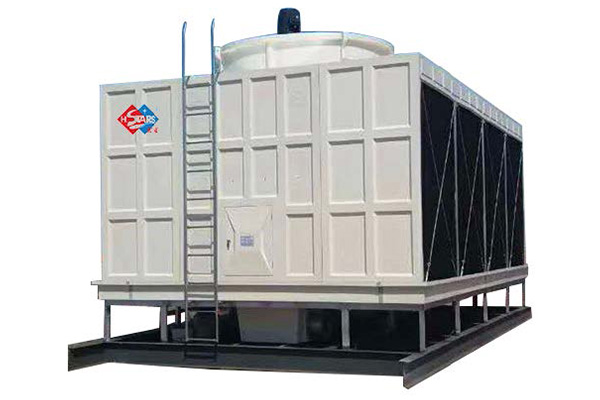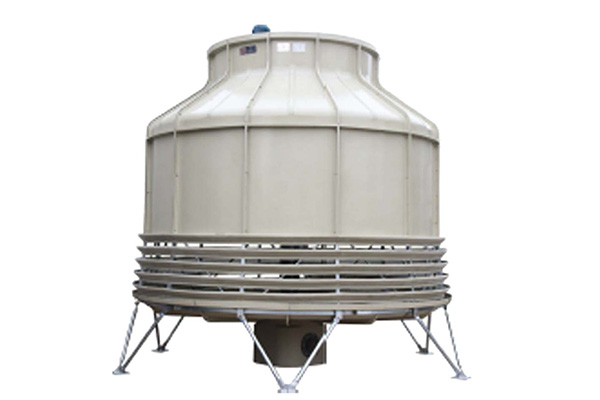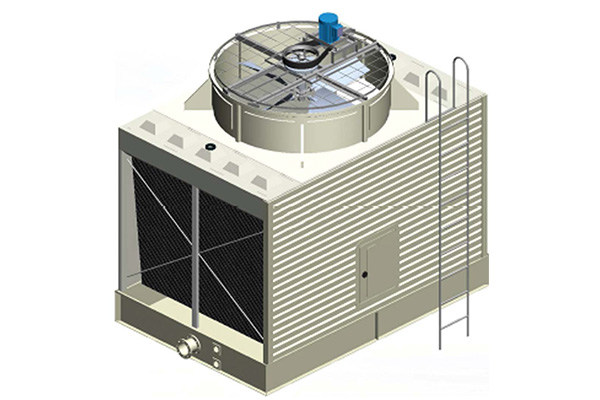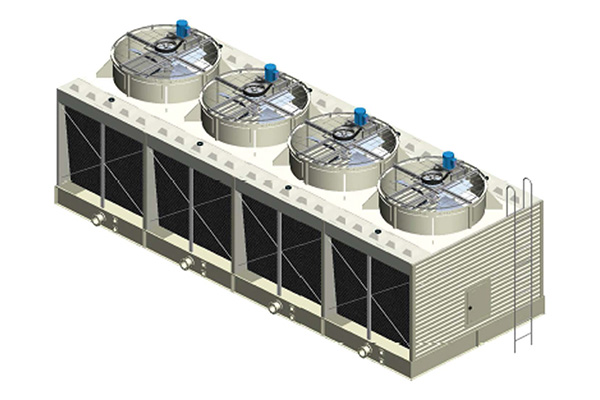In winter, preventing freezing is crucial for open and closed cooling towers. For open towers, choosing the right type, minimizing splashing, and selecting low drift rate products are key. Additionally, proper fan material selection and preventing ice accumulation are vital. Closed towers require specific measures for both spray water and internal circulation systems.

1.1 Tower Type Selection:
Choose a tower with minimal or no splashing at the inlet.
Avoid or minimize heat recirculation during equipment layout.
Opt for low drift rate products to prevent water droplets from freezing at low temperatures.
Select appropriate fan materials to avoid freeze damage.
For cross-flow towers, use covers on the water distribution basin to prevent snow and ice accumulation.
1.2 Equipment Configuration:
Install electric heaters in the water basin for freeze prevention, with temperature control and liquid level protection.
Use fan timing reversal controls for de-icing at the inlet.
Implement load control variable frequency systems to reduce cooling load in low temperatures.
Install bypass electrically controlled valves between the inlet and outlet pipes to regulate water flow based on temperature, reducing cooling tower efficiency in low-load conditions.
Insulate pipes in colder regions and add electric heating for freeze protection during intermittent operation.

1.3 Operational Guidelines:
Calculate and test winter operating conditions based on meteorological and load considerations.
Block nozzles or ends of spray pipes in counterflow towers during winter operation to reduce water splashing.
Use periodic fan reversal to melt ice around the inlet in crossflow or counterflow towers.
In extremely cold weather, cover the cooling tower inlet with waterproof canvas during shutdown.
2. Closed Cooling Towers Freeze Prevention:
2.1 Winter Shutdown:
If the closed cooling tower won't run in winter, drain both the spray and internal circulation water completely, preferably using compressed air to ensure no water remains, particularly in the coil.
2.2 Intermittent Operation:
For occasional winter operation, install electric heaters with temperature control in the water basin.
Choose electric heater power based on circulation water volume and outside temperature.
Use antifreeze solutions or additional electric heating for the internal circulation water system, ensuring the antifreeze solution's freezing point is below the local minimum temperature.

2.3 Continuous Winter Operation:
Closed cooling towers running throughout winter require considerations for low-load conditions.
Empty unused equipment before winter to prevent freezing.
These measures help safeguard cooling towers during winter, ensuring efficient and damage-free operation. Regular maintenance and adherence to these guidelines enhance the longevity and reliability of cooling tower systems.

H.Stars Group with 30+ years can help you with our advanced HVAC equipment, If you would like to learn more about Industrial cooling equipment, please leave your inquiry on our website, and our sales team will contact you as soon as possible. maychow@hstars.com.cn



